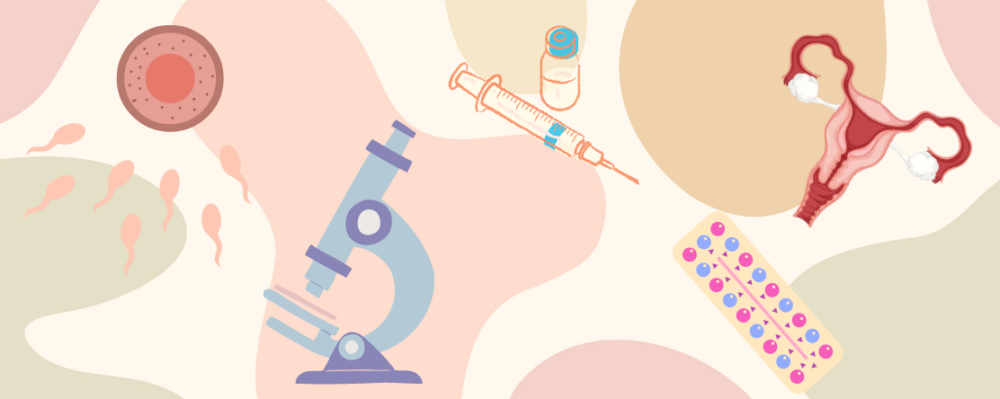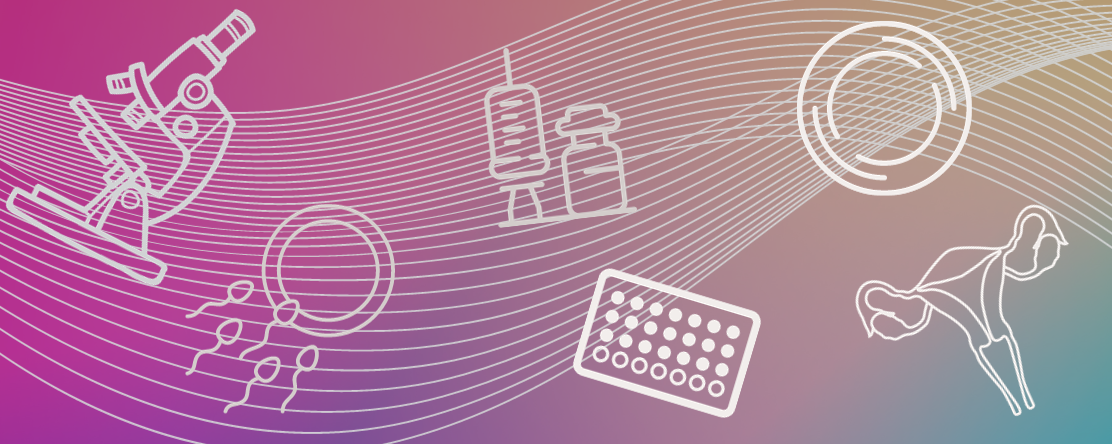
Strategic Actions to Advance Multipurpose Prevention Technologies (MPTs) in Low- and Middle-Income Countries
- Bethany Young Holt, PhD, MPH
- Ariane van der Straten, Taryn Barker, Z. Mike Chirenje, Anne-Isabelle Cameron, Cherise Scott, Carmen Pérez Casas, Joseph Romano
-
Focus Areas
Communicable Disease Prevention, Data, Technology & Innovation, Global Health, Women, Youth & Children -
Issues
Reproductive & Sexual Health -
Programs
CAMI Health

HIV, other sexually transmitted infections (STIs) and unintended pregnancies are critical and interlinked health risks for millions of women of reproductive age worldwide. Multipurpose prevention technologies (MPTs) offer an innovative approach for expanding combined pregnancy and/or disease prevention. So far, MPT development efforts have focused mostly on HIV prevention, but about half of product candidates comprise compounds active against non-HIV STIs as well.
This review, co-authored by PHI’s Bethany Young Holt and published in Frontiers in Reproductive Health, aims to provide a framework that promotes the efficient advancement of the most promising preclinical products through the development pathway and into the hands of end-users, with a focus on women in low- and middle-income countries (L/MICs).
Read the articleFindings
Six primary action strategies to advance MPTs for L/MICs were identified, including the identification of key research gaps and priorities.
Recommended Next Steps
- Define criteria to evaluate MPT product development efforts. This includes criteria to achieve an early “kill” on products with high risk and low probabilities of technical success or public health impact to optimize limited resources.
- Identify more potent Active Pharmaceutical Ingredients to address all indications of relevance for MPTs and preferred delivery forms.
- Expand acceptability research with active MPT products in the relevant female populations, (e.g., L/MICs at high risk, including AGYW).
Conclusions
To realize the life-saving potential of MPTs and maximize the momentum made to date, a strategic, collaborative and well-funded response to the gaps and next steps outlined in this paper is critical. A coordinated response can add rigor and efficiency to the development process, to successfully advance the most promising MPT products to the hands of end-users.
PHI’s CAMI Health is dedicated to improving the health of women worldwide through collective global action. We address complex public health problems impacting women and their families by building and leading learning networks. We foster collaborations, manage knowledge, and set priorities for action.
Originally published by Frontiers in Reproductive Health
Additional Contributors
- Bethany Young Holt
- Ariane van der Straten
- Taryn Barker
- Z. Mike Chirenje
- Anne-Isabelle Cameron
- Cherise Scott
- Carmen Pérez Casas
- Joseph Romano
Work With Us
You change the world. We do the rest. Explore fiscal sponsorship at PHI.
Support Us
Together, we can accelerate our response to public health’s most critical issues.
Find Employment
Begin your career at the Public Health Institute.


